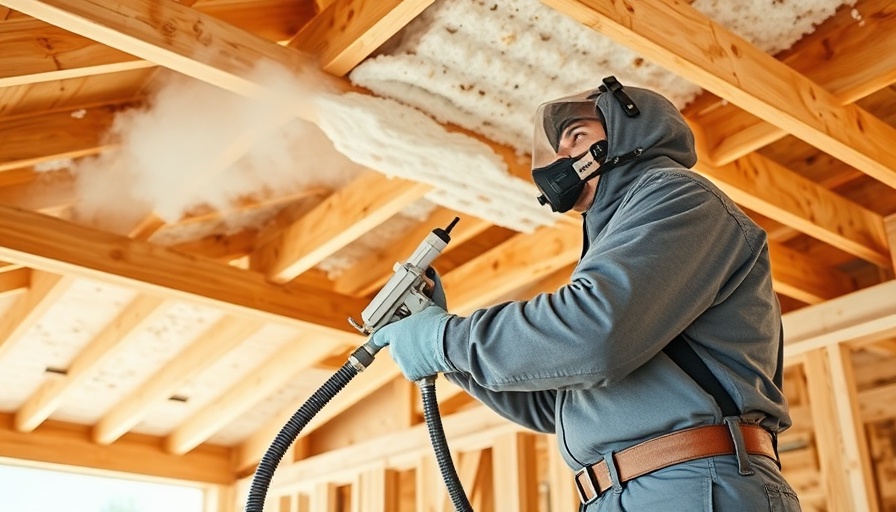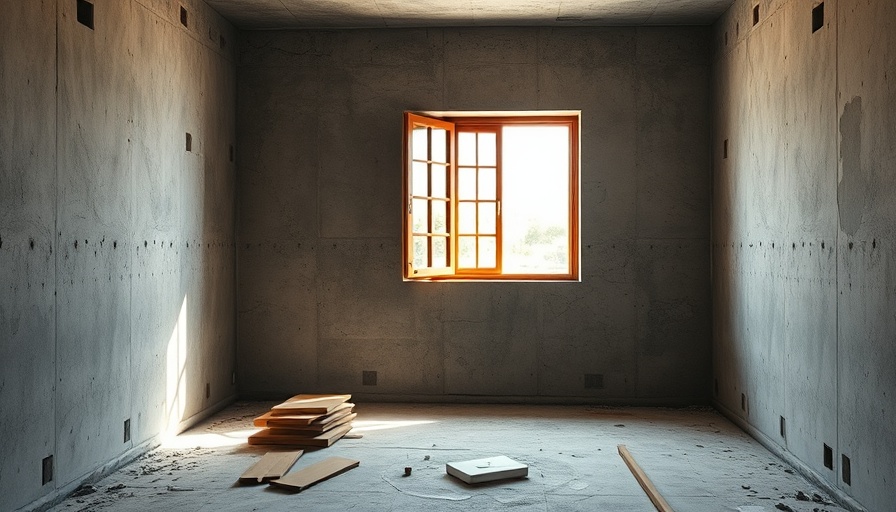
Understanding Static Pressure Loss in Ducted Heat Pump Systems
Ducted heat pump systems present a modern solution for energy-efficient heating and cooling. However, one of the commonly overlooked aspects is their static pressure loss. Static pressure loss occurs when air struggles to move through the ducts, leading to reduced efficiency and greater energy consumption.
What Causes Static Pressure Loss?
Several factors contribute to static pressure loss in ducted systems. Most notably, poorly designed ductwork, bends, and turns can restrict airflow. Additionally, filters that are too restrictive can create unnecessary obstacles for air movement. To optimize performance, ensuring the design of the ductwork allows for plenty of flowing air is essential.
Impact of Central Returns on Airflow
Central returns play an important role in regulating airflow within ducted systems. Using a central return can improve the overall functionality of your heating and cooling system. However, if poorly designed or inadequately sized, it can increase static pressure loss and lead to higher noise levels. Balancing airflow is crucial for maintaining system efficiency and comfort.
Effective Solutions to Minimize Noise
Another significant concern when dealing with ducted heat pump systems is noise. The sounds produced by airflow can be disruptive, especially in living spaces. One way to mitigate this is by ensuring that duct dimensions are correctly sized for the air volume they need to distribute. Additionally, adding sound insulation within the ducts or employing specific sound-reducing materials can significantly reduce noise levels.
The Future of Ducted System Technologies
The progress of technology continues to evolve ducted systems, promising innovative solutions for both efficiency and quietness. Integration of smart technologies that can monitor and adjust airflow in real-time shows promise for enhancing comfort while minimizing energy use. As we move into a more eco-conscious era, these systems will play a significant role in building the future of energy-efficient homes.
 Add Row
Add Row  Add
Add 




Write A Comment